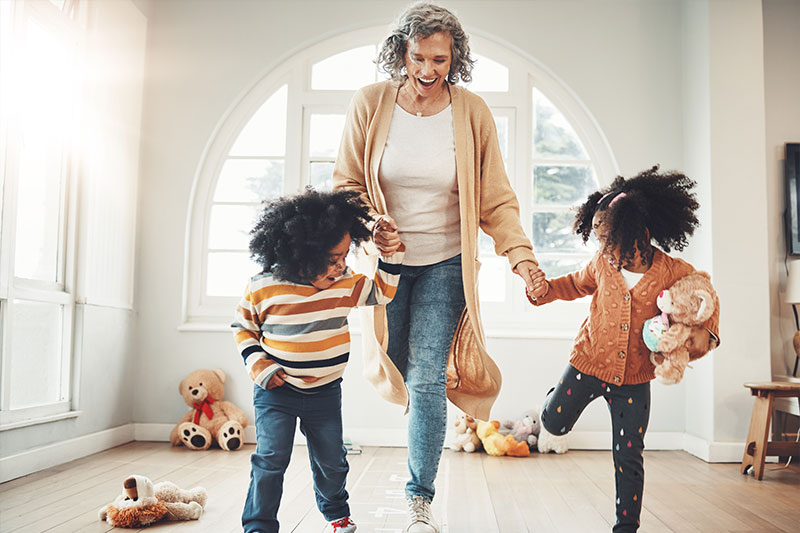Improving Your Balance Might Just Be the Key to a Longer Life

Improving your balance at home is one of the simplest ways to boost strength, safety, and confidence – and it may even help you live longer.
When thinking about how to age gracefully and live a long, vibrant life, most people prioritize things like exercise routines, healthy eating, and regular check-ups. And those things certainly matter. But there’s one piece of the puzzle that often gets overlooked: physical balance. Not the metaphorical kind between work and play, but your body’s actual, physical balance. It turns out, improving your balance could be a better predictor of your longevity than you might expect.
A compelling 2022 study published in the British Journal of Sports Medicine found a strong connection between balance and life expectancy. Researchers discovered that people over the age of 50 who couldn’t hold a one-legged stance for 10 seconds were almost twice as likely to die within the following decade than those who could manage it. While it sounds simple, your body’s ability to balance reveals a lot about your overall health—from muscular strength to cognitive function and neuromuscular coordination.
Why Balance Starts to Slip with Age
Around the age of 50, many people begin to notice subtle changes in how steady they feel. Balance isn’t controlled by a single muscle group—it’s the result of multiple systems working together. That includes your muscles, your inner ear (which regulates your sense of spatial awareness), your eyes, and your brain’s ability to coordinate them all.
As we age, muscle mass decreases, reaction times slow down, and vision and hearing may decline. All of these factors make it harder to maintain balance. Unfortunately, that also increases the risk of falls, which are a leading cause of serious injury among older adults. However, the silver lining is that balance is not something you’re doomed to lose. You can work on it, and even small daily efforts can lead to real improvements.
Easy Ways to Improve Balance at Home
You don’t need a gym membership or a full set of weights to improve balance. Incorporate a few balance-based movements into your day-to-day routine:
- Balance while brushing – Stand on one leg while brushing your teeth. Switch legs halfway through. This simple habit strengthens your core and ankle muscles.
- Heel-to-toe walk – Take ten steps forward by placing the heel of one foot directly in front of the toes of the other. This improves coordination and body awareness.
- Use daily chores – Try folding laundry while standing on one foot or do gentle side steps while waiting for water to boil.
All of these take less than five minutes but can significantly strengthen the small muscles that help you remain steady.
The Real Risk of Falling
Falling is more than a physical threat—it can spark a spiral of consequences. Seniors who experience a fall often develop a fear of falling again. That fear may cause them to move less, leading to decreased strength and more falls. It’s a cycle that can steal independence, often before physical health actually fails.
Preventing this begins with proactive steps to improve balance and mobility. Even a few daily exercises can improve confidence and help break that cycle before it starts.
In-Home Support Can Make a Difference
If you have a loved one who’s been moving more cautiously, avoiding stairs, or always reaching for nearby furniture to stay steady, it may be time to consider in-home support. At Responsive Home Care, we help individuals in Fort Lauderdale, Davie, Parkland, and throughout Broward County maintain strength, safety, and confidence at home. Our trained caregivers provide gentle mobility support, help reduce household fall risks, and supervise basic balance-boosting routines tailored to the individual’s needs.
Together, we can help your loved one stay steady, strong and safe at home. Call us at 954-486-6440 to learn more about our in-home care services.
